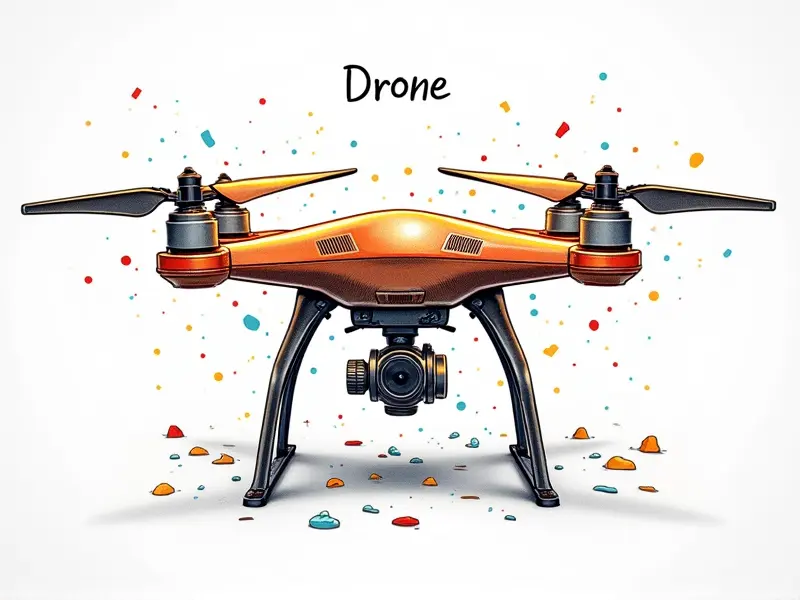What controls an RC plane?

How to Control an RC Plane Like a Pro
Mastering the control of radio-controlled (RC) planes is both an art and a science. Whether you're a seasoned hobbyist or just starting out, understanding how to operate your RC plane efficiently can transform your flying experience from mediocre to exceptional.
Mastering RC Plane Controls in Minutes
The key to becoming proficient at controlling RC planes lies in familiarizing yourself with the basic functions of the transmitter and receiver. These components work together seamlessly, allowing you to manipulate the movements of your aircraft remotely.
Beginner's Guide to RC Plane Controls
If you're new to flying RC planes, it's essential to understand the basics before taking off into the skies. This guide will walk you through the fundamental controls and techniques necessary for safe and enjoyable flights.
Understanding RC Plane Joystick Functions
- Elevators: Adjusting the elevators moves the plane up (climbing) or down (descending).
- Ailerons: Ailerons control roll, allowing you to bank left or right.
- Rudder: The rudder steers the nose of the plane left or right for yaw control.
- Throttle: Adjusts engine speed and propeller pitch, affecting forward movement.
Essential Tips for RC Plane Controls
To enhance your flying skills, here are some tips to keep in mind:
- Practice controlling the plane from a stationary position before taking off.
- Synchronize stick movements smoothly and gradually to avoid abrupt maneuvers.
- Always be aware of wind conditions and adjust your flight path accordingly.
Navigate Like a Pro with RC Plane Controls
Advanced navigation techniques are crucial for more complex flights. Here’s how you can improve your piloting skills:
- Landing Techniques: Learn to approach the landing area at a stable angle and speed.
- Maneuvering: Practice executing tight turns, loops, and other aerobatics for precision control.
The Basics of Controlling RC Planes
Flying an RC plane involves several basic controls that every pilot should master. Understanding each component is vital to achieving smooth and precise flight:
- Elevators:
- Ailerons: Regulate roll for banking left or right.
- Rudder: Direct yaw movement by steering the nose of the plane.
- Throttle: Manage engine speed and propeller pitch for forward motion.
Top Tips for Flying RC Airplanes
To refine your flying skills, consider these top tips:
- Start with simple maneuvers before attempting more complex flights.
- Use a simulator to practice and gain confidence without risking damage to your plane.
- Always maintain situational awareness during flight for safety.
Essential Skills for RC Plane Piloting
Becoming an expert RC pilot requires honing several key skills:
- Control Precision: Accurately manipulate the joystick to execute maneuvers smoothly.
- Flight Planning: Plan your flight path and adjust for changing conditions like wind.
RC Plane Controls Explained Simply
Controlling an RC plane can seem daunting at first, but breaking it down into simple steps makes it easier to understand. Here’s a straightforward explanation of the essential controls:
- Elevators: Adjust for pitch control.
- Ailerons: Control roll and banking.
- Rudder: Steer yaw movement.
- Throttle: Manage engine speed for forward motion.
Understanding RC Plane Flight Controls
To fully grasp the nuances of RC plane control, it's important to understand how each component interacts during flight. Effective piloting involves a balance between these controls and situational awareness:
- Pitch Control: Elevators manage up and down movements.
- Roll Control: Ailerons control banking left or right.
- Yaw Control: Rudder steers the nose for directional changes.
- Throttle Management: Adjust engine speed for propulsion and braking.
Conclusion
Mastery of RC plane controls is a journey that starts with understanding the basics and evolves through practice and experience. Whether you're just starting out or looking to refine your skills, focusing on precision control, situational awareness, and continuous learning will help you navigate like a pro. Embrace each flight as an opportunity to learn and improve, ensuring both safety and enjoyment in the world of RC aviation.

